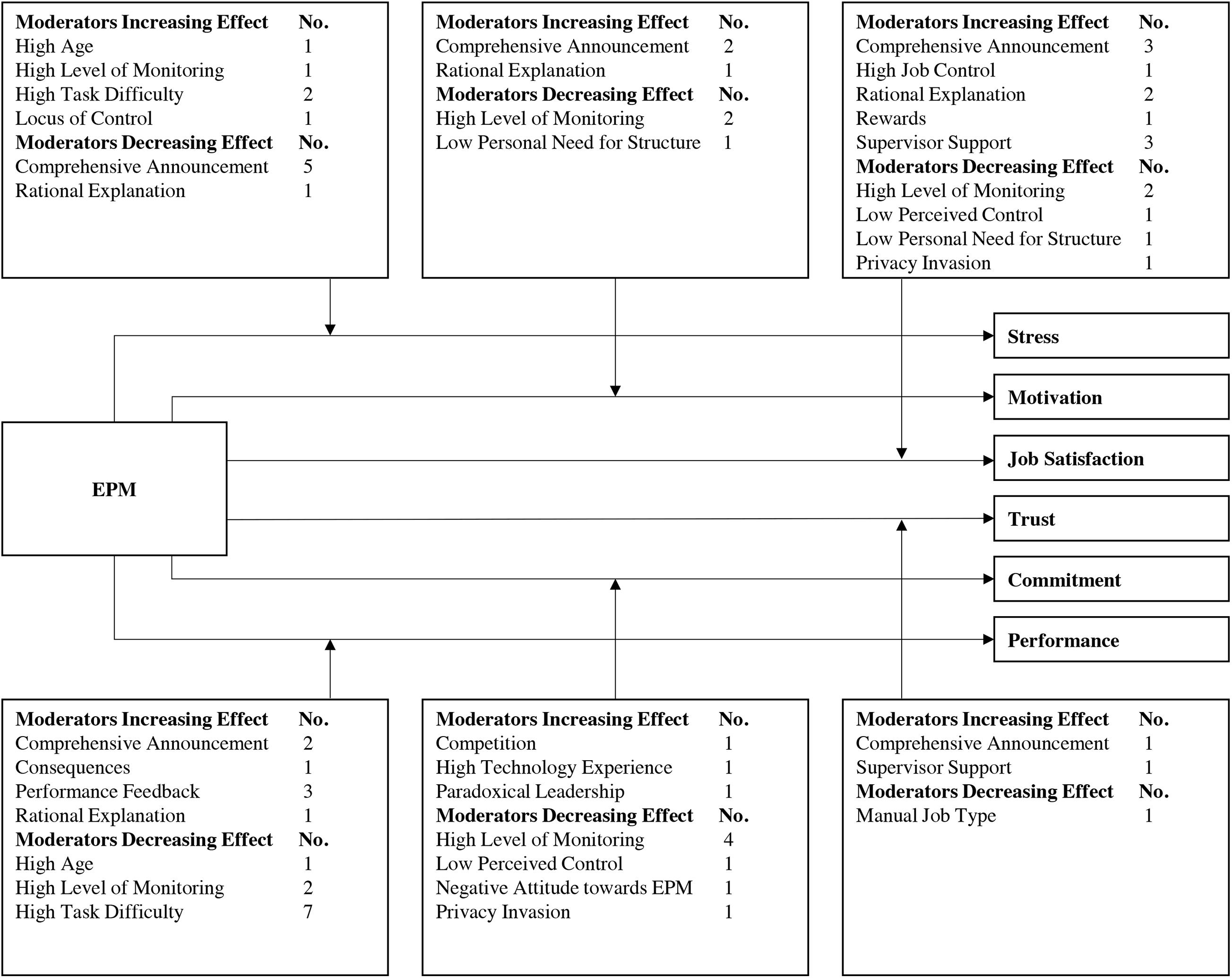

Debts incurred through war had left the empire in dire financial straits, however, and his successors were forced to heavily tax Byzantine citizens in order to keep the empire afloat. Justinian also reformed and codified Roman law, establishing a Byzantine legal code that would endure for centuries and help shape the modern concept of the state.Īt the time of Justinian’s death, the Byzantine Empire reigned supreme as the largest and most powerful state in Europe. Many great monuments of the empire would be built under Justinian, including the spectacular domed Church of Holy Wisdom, or Hagia Sophia.

During the years of his reign, the empire included most of the land surrounding the Mediterranean Sea, as Justinian’s armies conquered part of the former Western Roman Empire, including North Africa. Justinian I, who took power in 527 and would rule until his death in 565, was the first great ruler of the Byzantine Empire.

Located on the European side of the Bosporus (the strait linking the Black Sea to the Mediterranean), the site of Byzantium was ideally located to serve as a transit and trade point between Europe and Asia.Įven after the Islamic empire absorbed Alexandria, Antioch and Jerusalem in the seventh century, the Byzantine emperor would remain the spiritual leader of most eastern Christians. The term “Byzantine” derives from Byzantium, an ancient Greek colony founded by a man named Byzas.

The Byzantine Empire finally fell in 1453, after an Ottoman army stormed Constantinople during the reign of Constantine XI. Though the western half of the Roman Empire crumbled and fell in 476 A.D., the eastern half survived for 1,000 more years, spawning a rich tradition of art, literature and learning and serving as a military buffer between Europe and Asia. The Byzantine Empire was a vast and powerful civilization with origins that can be traced to 330 A.D., when the Roman emperor Constantine I dedicated a “New Rome” on the site of the ancient Greek colony of Byzantium.


 0 kommentar(er)
0 kommentar(er)
